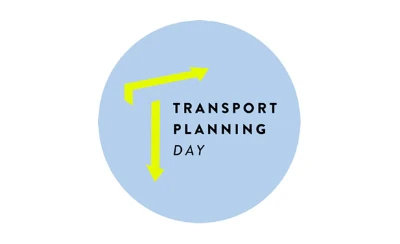| Session: | Transport Modelling for Non-Modellers, Online |
| Date: | 24 Sep 2025 (past event) |
| Location: | Online |
| Training provider: | PTRC Education and Research Services |
| Cost: | Standard Fee: £545 CILT Member/ Local Authority/ Charity Fee: £495 |
| Contact: | PTRC Training |
| Telephone: | 02073481970 |
| Email: | info@ptrc-training.co.uk |
| Type: | Course |
| STAR Competence: | 10.3 Strategic Modelling |
Objectives:
The modelling of junctions, road networks and public transport systems provides fundamental information to support decisions taken on future land uses, investment in the transport system and other policy interventions. With modelling tools ranging from “simple” equations through to highly complex mathematical, algorithm based systems, many people responsible for commissioning modelling activities find modelling a daunting area of responsibility. This course provides an introduction to the modelling tools commonly used, providing delegates with an understanding of the applicability of different models to various situations, and equips practitioners with simple techniques for checking model outputs.
Topics:
• Reasons for using models
• Main components of models
• Guidance Data requirements
• Forecasting
• Option testing and scheme appraisal
• Different types of model and their advantages, disadvantages and limitations: Operational/Traffic engineering models (ARCADY,PICADY, LINSIG, TRANSYT), strategic multi-modal models, micro-simulation models, pedestrian models
Target Audience:
The course is designed for people with limited or no experience of transport modelling activities who are responsible for requesting or commissioning models, such as those working in the fields of strategic transport planning, strategic land use planning, development management and economic growth/regeneration. It is also suitable for those with managerial responsibility for modelling teams, who are looking for a broad overview of techniques and issues.
More Information:
On completion of the course, delegates will:
• be acquainted with the different types of modelling packages available, their applicability to different scenarios and the guidance informing model development
• be aware of the main stages in building (and maintaining) models and the time and cost implications of these
• have an understanding of the basic characteristics of traffic flow and how junction geometry, link characteristics and traffic signals influence capacity and queues
• be capable of sense-checking modelling outputs
• have greater confidence in choosing the right modelling method for a particular task








